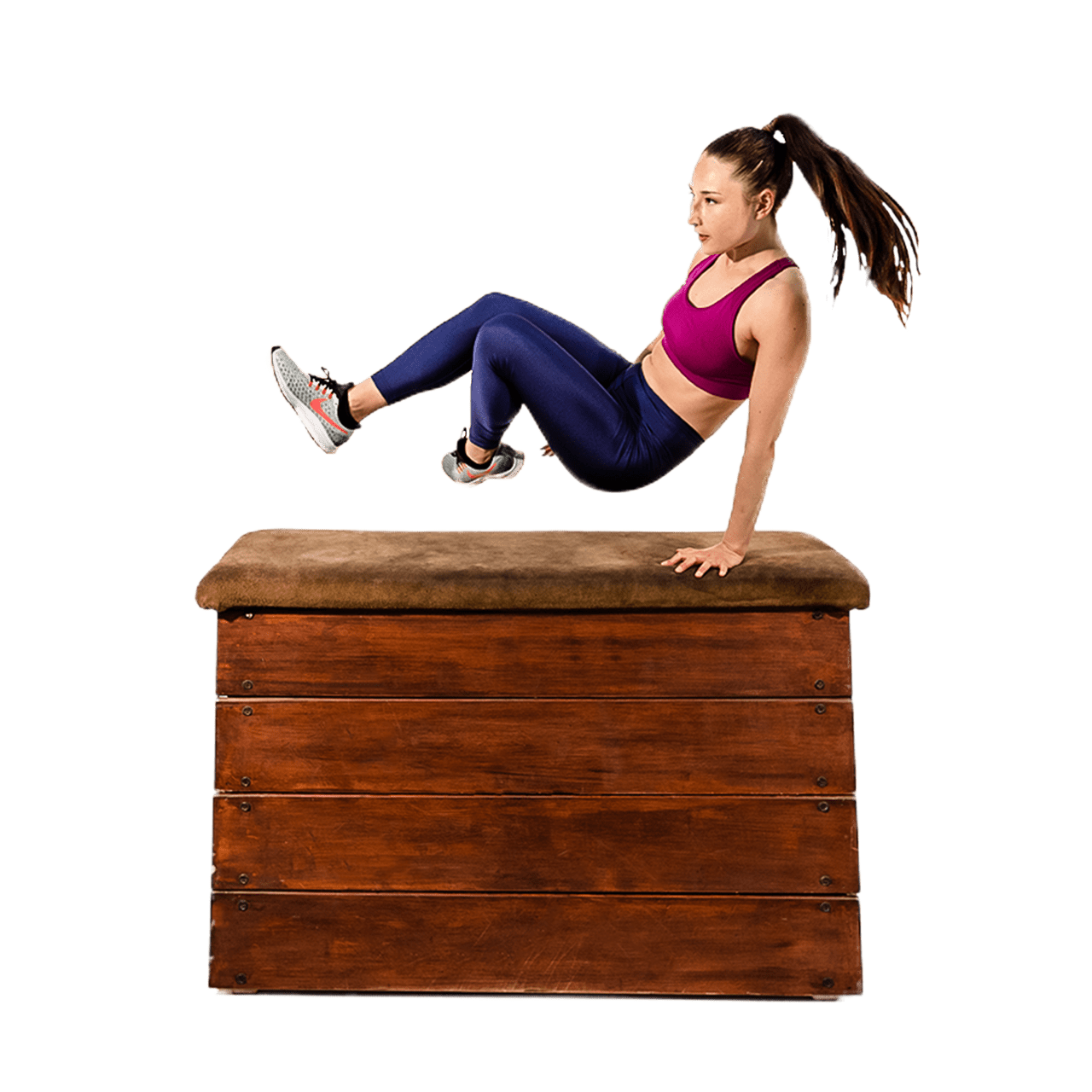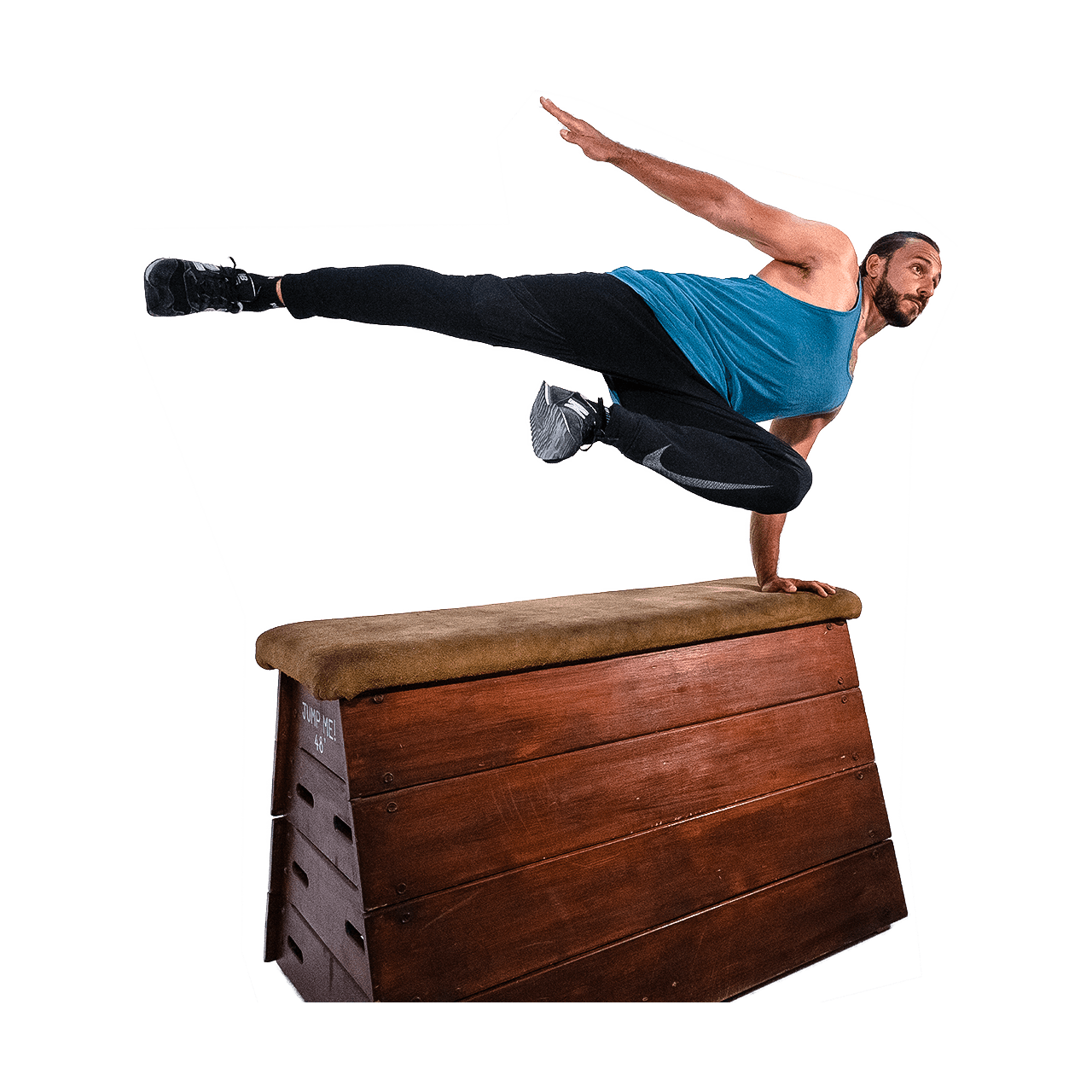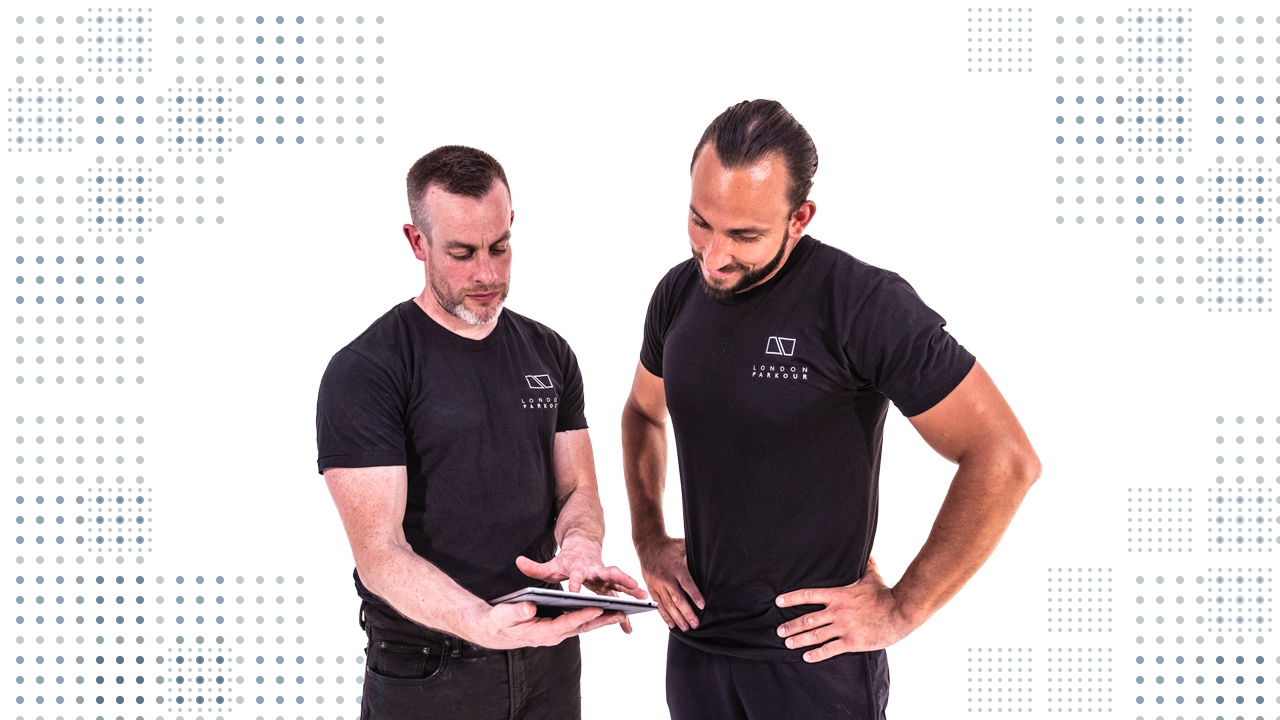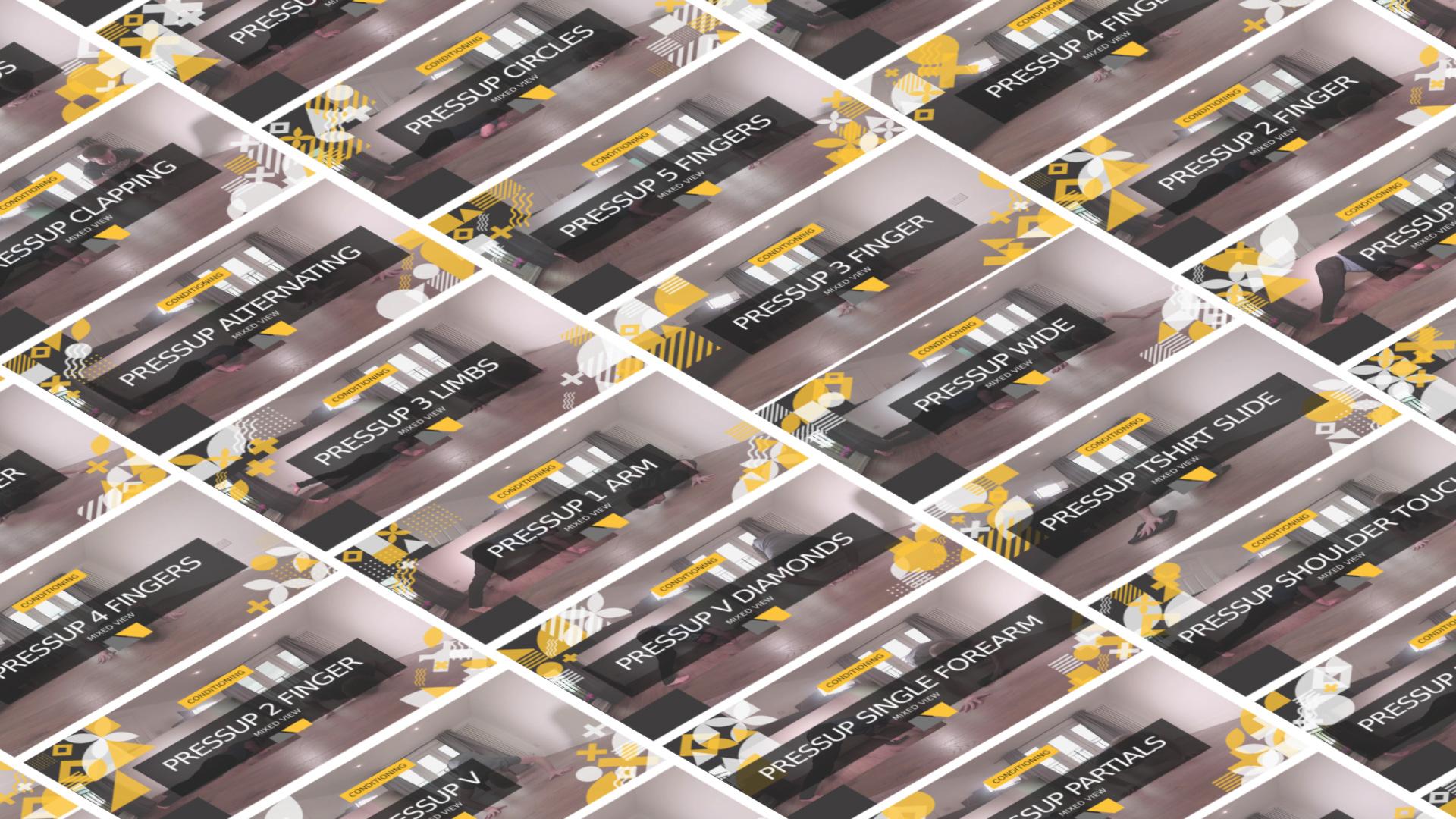Parkour FAQ
What is Parkour?
Parkour is primarily about becoming better at physical movement through personal challenge. By constantly adapting and overcoming difficult environments and situations, a practitioner can build a stronger body and mind closer to their human potential.
[toc]
Is Parkour dangerous?
No. Risk is assessed by taking into account the practitioners' ability level, the difficulty of the challenge and the likelihood of failure. Parkour has bad publicity because you of inexperienced practitioners not evaluating the situation properly. Also, from someone who has not experienced parkour or knows the training put into accomplishing the more grandiose challenges, it will look dangerous against their own perceived ability of a normal civilian.
What skills does parkour use?
There tend to be three very general skills that a practitioner learns. The technical aspects of parkour are first. How to move correctly and the principles we use. Secondly is the physical - How to improve and increase the technical skills to the highest degree. Lastly is the mental aspect. How to master the personal psychological reactions to the challenge and manipulate it to overcome anything.
How does parkour work?
Simply through the challenge. By recognising your current capabilities, you can challenge yourself to something slightly more difficult in a physical, technical or psychological way. Since the granularity and difficulty of the challenge can be set by you, it means Parkour can be truly practised by anyone.
What is Freerunning?
The term freerunning was first used when it was created by Sebastian Foucan on the production of Jump London documentary. It was just another term for Parkour. However, over time and through media inaccuracies, it has come to mean Parkour with the inclusion of aspects of tricking and flips.
What is ADD?
Art Du Deplacement (ADD) is the name used to also represent the discipline. More frequently used in France by members of the Yamakasi and affiliates.
Who are the originators of Parkour?
Parkour does not have a clearly defined and accurate history, unfortunately. However, a list of names who are commonly attributed to the creation and early development can be presented. Those include:
David Belle, Sébastian Foucan, Yann Hnautra, Châu Belle Dinh, Williams Belle, David MalgogneFrederic Hnautra, Laurent Piemontesi, Stephane Vigroux, Guylain N'Guba Boyeke, Malik Diouf, Charles Perrière
Why is it called Parkour?
Hubert Kounde, a friend of David Belle, coined the term. A play on the work 'Parcours du combattant' - meaning 'course' in french.
Where was it created?
Parkour was created in the suburbs of Paris - Notably Lisses, Sarcelles and Evry.
How do you pronounce Parkour?
Pronounced Par-core.
How did parkour start?
Some time during the 80s, smaller sub-groups of the founding members in Lisse, Evry and Sarcelles would go out and challenge each other to physical feats. They would train with each other until those challenges were accomplished and could move onto the next one.
Is Parkour an Olympic sport?
No. Not yet. There are currently heavy disputes with the appropriation of parkour by the gymnastics body, FIG, who are using it purely for financial gain. This is in no way endorsed by the parkour community and global backlashes against it have ensued.
Is Parkour illegal?
No. As explained above, parkour is about movement through a challenge. Parkour is not illegal anywhere in the world. However, what is illegal is trespassing on private property or using those abilities for other illegal activities. Parkour is sometimes attributed to trespassing because it has history around roof gap jumping and using private property to fulfil those challenges.
Where is Parkour most popular?
Parkour has now exploded around the world. Notable countries include the UK, North America, Denmark, Germany, France, Italy, UAE and Canada.
Where can I practice Parkour?
Anywhere. And are encouraged to use anything you can to create a challenge for yourself. There are places known around the world that have a dense collection of walls, rails and obstacles that lend themselves to more challenges, but essentially anywhere can be used for parkour.
Which Muscles does Parkour use?
Parkour tries to balance the use of all muscle groups and attributes to overcome any challenge. If you are weaker in one particular area, that is the muscle group to focus upon. However, there is a general overuse of anterior (front) based muscle groups due to the nature of obstacles. This includes heavy use of quadriceps and hip flexors for jumping and pectorals, traps and biceps for climbing.
Difference between parkour and freerunning?
By looking at the etymology of the words, they mean the same thing. However, through media inaccuracies and cultural biases, they can mean different things to different groups. Freerunning can be looked upon as parkour (the practical-side of movement) with tricking and flips (artistic parts of movement).
Do we use protective equipment?
No. The point is to be challenging the human body, not the human body plus equipment. If any equipment is needed to accomplish a task, then it isn't accomplished by the practitioner and the difficulty needs to be reduced. This includes gloves, shinpads and anything beyond regular training clothing and shoes.
Is parkour good for you?
Absolutely. More than most other sports or activities because it focuses on all physical attributes - endurance, power, strength, agility, etc... and seeks out ones the practitioner has weaknesses in. It also heavily trains the psychological aspects of fear and mental challenges which very few other sports do.
Is parkour a sport?
It depends on the definition of the word sport. Practitioners generally don't look at it as a sport - more discipline or practice. Perhaps it has parallels to break-dancing or skateboarding - both could be classified as sports, but in professional circles, are usually not.
How to start training?
Find a coach and classes to start, but also practice on your own. Evaluate the quality of the coaching you are being given and make sure that you are not being put into situations beyond your ability. Make sure you are in control the entire time and do not do anything where you have no control over the outcome.
How old should I be to start parkour?
Parkour can be practised by anyone. From toddlers to OAPs. The key is a challenge. What will challenge one person will maybe not be difficult for another. The founding principle is that the individual should be challenged physically, technically or mentally so that they are uncomfortable, but is always in control.

Tutorials
In-depth series on specific movement topics.

Demonstrations
In-depth series on specific movement topics.
Blog
Deep-dives into Parkour Topics.


